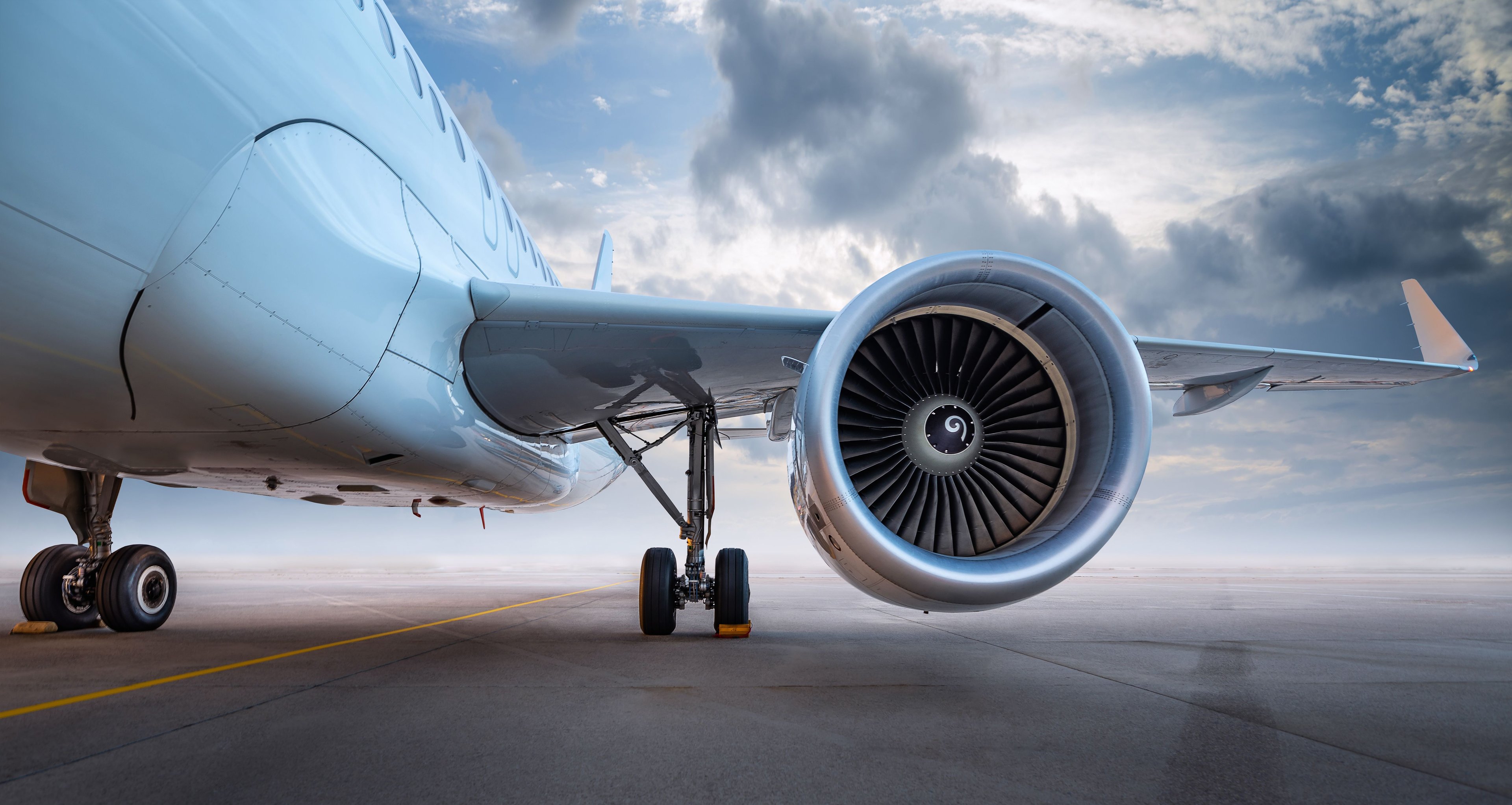Last week, the voting on a new pilot contract concluded at Hawaiian Holdings (HA +0.00%). After a contentious year and a half peppered with picketing and strike threats, the new contract was approved easily by Hawaiian Airlines' pilots, with a 76%-24% majority.
Resolving this contract dispute has removed one big risk factor for Hawaiian Airlines going forward. Yet shareholders don't seem especially pleased. Shares of Hawaiian Holdings have fallen since the contract ratification was announced, and the stock now sits more than 20% below its 52-week high. Investors should be a lot happier about this turn of events.
Hawaiian Airlines is flying high
After suffering from some growing pains a few years ago, Hawaiian Airlines has really hit its stride in the past couple of years. The carrier is benefiting from strong demand for travel to Hawaii, growing ancillary revenue streams, and consumer preference for Hawaiian's high-quality service.
As a result, revenue per available seat mile (RASM) rose 2% last year, whereas most other airlines posted significant unit revenue declines. This showing helped Hawaiian Holdings deliver a 48% year-over-year increase in adjusted net income.

Hawaiian Holdings' profit soared last year. Image source: Hawaiian Airlines.
Furthermore, Hawaiian's unit revenue growth has been accelerating. RASM increased 6% year over year in Q4, and the company expects a fairly similar increase for the first quarter.
Costs are going up
Of course, the new pilot contract will contribute to cost inflation. Hawaiian's pilots will get a 20%-45% increase in their wage rates on April 1 (depending on seniority and aircraft type), followed by another small increase on Oct. 1. As a result, Hawaiian's highest-paid pilots -- A330 captains with at least 12 years of seniority -- will make $300 per hour by the end of 2017, up from $207 per hour previously.
Hawaiian Airlines has said that the new pilot agreement will add $25 million-$30 million of costs over the remaining nine months of 2017. By 2018, the first full year with higher pilot pay rates, the cost increase could be $45 million-$50 million relative to the 2016 baseline. (That said, the pilots' initial "ask" would have cost the company $74 million a year.)
Even before the new pilot deal was ratified, Hawaiian Airlines was expecting non-fuel unit costs to rise at a mid-single digit rate this year. The extra $25 million to $30 million of pilot pay will increase non-fuel unit costs by another 1.5% or more. In 2018, Hawaiian will experience an incremental non-fuel unit cost headwind related to pilot pay of roughly 1%.
In addition, Hawaiian is making a $55 million to $60 million cash payment to the pilots this month, which mainly represents a ratification bonus. And later this year, it will make an approximately $103 million payment to fund a voluntary employee beneficiary association (VEBA) trust covering retirees' healthcare.
But Hawaiian now has cost certainty
Hawaiian Holdings certainly can afford these one-time payments of about $160 million. The company ended 2016 with $610 million of cash and cash equivalents, well above its $500 million target, and it has generated strong free cash flow in recent years.
Furthermore, while the pilot deal will contribute to significant cost inflation this year, it will give Hawaiian Airlines cost certainty through mid-2022 for one of its biggest expenses. Future wage increases for 2018 and beyond will be just 2%-3% annually.
Additionally, the $103 million lump-sum payment to set up the VEBA trust will significantly reduce Hawaiian Holdings' underfunded retirement obligations. In total, these programs were underfunded by more than $350 million as of the end of 2016.
Ready for takeoff?
Hawaiian Holdings is likely to report a profit decline for 2017 from the combination of rising fuel prices and an unusually big increase in non-fuel unit costs. However, Hawaiian's strong RASM results should mitigate the impact of these cost pressures in a big way.
Looking forward, the entry into service of the extremely fuel-efficient A321neo at Hawaiian Airlines -- currently expected around the beginning of 2018 -- will help the company quickly get its unit costs back under control. The A321neo will also open up new opportunities for Hawaiian because of its smaller size relative to the A330.
Thus, Hawaiian's new pilot contract might pinch profits in 2017. But it will remove a potential distraction, build in cost certainty, and allow the company to focus on unlocking the massive growth opportunities ahead of it. That's great news for Hawaiian Holdings shareholders.



